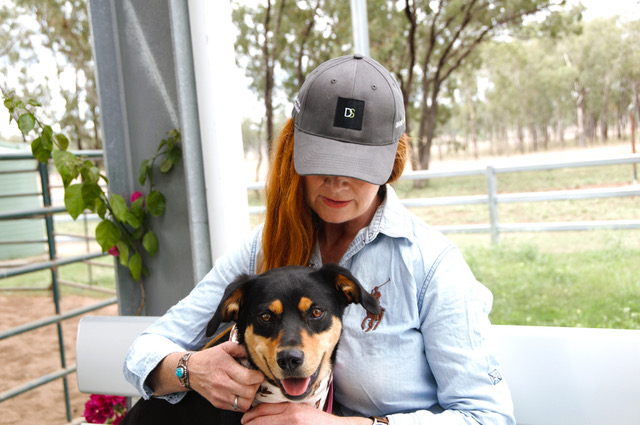
As we ride towards Christmas, you maybe thinking that you have all the rugs, boots and riding accessories needed, in fact you may have your own tack store. Some more thoughts for your Christmas stockings below.




The Online Course – The Start; is exactly that, it is designed to get you started. There is 4 videos with 2 hours and 40 minutes of video content. The videos include ground and ridden work. In addition there is also a trailer loading, plus a saddling and bridling video. The lessons and notes associated with each of the videos I trust all will find useful.
This week I start a series of courses and lessons in Western Australia at Horsemanship First, near Serpentine.
2023 Schedule: Is now up on the website, more courses will be added once confirmed.
Horsemanship – The Canter; In previous articles I have spoken about transitions, not overriding your horse and balance. With regards to downward transitions, you may find that doing them on a circle or in the corners will be of assistance in having your horse not fall on the forehand.

I do lots of transitions within the gaits of walk and trot and want to feel that my horse is on the aids, this includes my seat. When you start to bring the canter into play, with a young horse I may extend the trot and let my horse role over into the canter.
As my horse begins to develop gaits within the gaits in this case the trot and I can feel the trot start to develop some bounce my horse is going to be able to start to lift into the canter.
The above takes time to develop and there are many ways to have your horse go into the canter. For those that are having issues with the canter this maybe an approach to play with. If you are struggling with impulsion, your horse won’t go or has too much go, the above is going to help. When riders are having issues with the horse being behind their leg or not wanting to go, this is also where bucking, kicking out issues start when going into the canter.
Having your horse in front of the riders leg, when riding and carrying you in the gait is going to help with your canter. As a rider if you are always having to peddle your horse along then the canter is not going to have a lot of quality to it. Knowing a good rhythm and tempo for the gaits will also be of assistance.
On the ground, if your horse is not walking out and you are chasing your horse forwards. Or having to slow them down, this will be a transition into how your horse rides.

For those that are on instagram, I have a video of myself riding a chestnut horse that makes a couple of small jumps. I don’t have the skill set to upload the video unfortunately, looking at the video you can see how the horse’s stride length is short at the trot and he is not tracking up. In this case it is an indication that he is not relaxed and the energy is right on the surface, so it only took some cattle to tip that energy and life over the top. Later, not on the video, he started to let down and relax and his stride length at the trot lengthened and then he was able to canter. This situation is very common for many riders.
A very Merry Christmas and a happy New Year to everyone. Thank you for all your support this year it is always greatly appreciated and we look forward to catching up in the new year.

